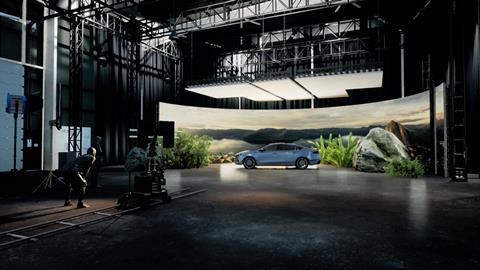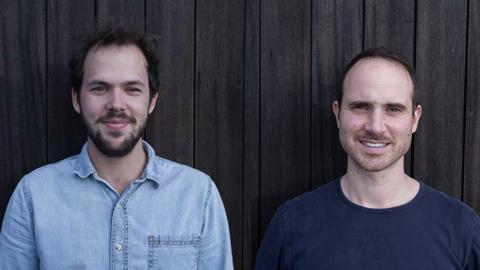David Bajt and Rowan Pitts of Bild Studios and MARS Volume discuss what the future holds for virtual production tools, technologies and workflows.

The COVID-19 pandemic has forced UK TV producers and broadcasters to work remotely, resulting in a rapid acceleration in the market appetite for virtual production (VP) technologies, workflows and facilities. With a recent report by Grand View Research estimating that the global VP market was worth nearly $1.3 billion in 2019 and is projected to register an annual growth rate of 15.8% through to 2027.
For those not in the know, VP combines digital and physical set design, using real-time game engines, LED technology and camera tracking. It enables filmmakers to create computer-generated virtual locations and environments on large adjustable LED screens. VP is basically an interconnected ecosystem of tools, technologies and workflows that gives filmmakers complete control over in-camera visual effects during shooting, in real-time.
Greater experimentation at lower cost
For TV producers, the allure of new VP technologies, workflows and dedicated facilities in the post-pandemic era is clear. It not only allows them to pursue greater creative experimentation, by seamlessly blending virtual and physical sets, it also enables them to closely control the costs and time of productions.
In particular, the use of real-time VFX gives directors a level of control and creative freedom that is just not possible in the real world, such as the ability to adjust various environmental parameters (time of day, weather and so on), adjusting a scene on set and in camera in real-time. It also allows you to interactively explore and create photorealistic virtual worlds and characters faster and far more resourcefully.
With a traditional linear production pipeline, 20 percent of a typical film budget is spent on reshoots. Compare this with a virtual production pipeline, which saves both time and money, as it turns your pre-vis environment into the final frame on set, making filmmaking a far more agile and iterative process.
New VP facilities serving this infant industry
Virtual production is still an infant industry where a lot of learning needs to happen. Producers want to know what real-time VFX pipelines, server options and LED setups will work best for a particular project, for example, and broadcasters are still establishing the best practices, workflows and uses of the tools and technologies available.
This is why Bild Studios recently announced a partnership with (The Mandalorian virtual production specialists) Lux Machina, in a move to offer British film and HETV producers better access to (and understanding of) the latest high-end VP workflows. It is also why the latest VP facilities, such as our own MARS Volume studio in Ruislip, now offer broadcasters the entire range of VP capabilities, from the very latest LED screen and hardware technologies, visual engineering experience and the content and real-time VFX creation skills.
Finally, in addition to being a commercially available studio, MARS will also operate as an R&D centre, testing and integrating workflows for the benefit of TV productions. The ultimate aim being to cut production costs and to make the dazzling array of new VP technologies available and accessible to all.

David Bajt and Rowan Pitts are co-founders of Bild Studios and MARS Volume





























No comments yet